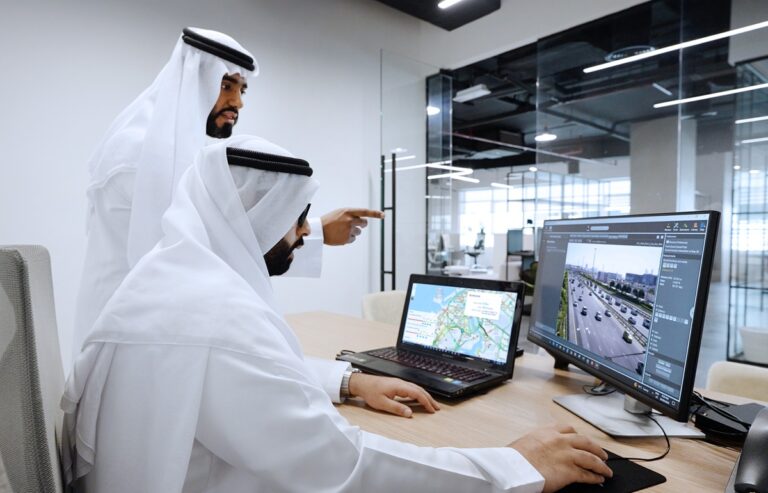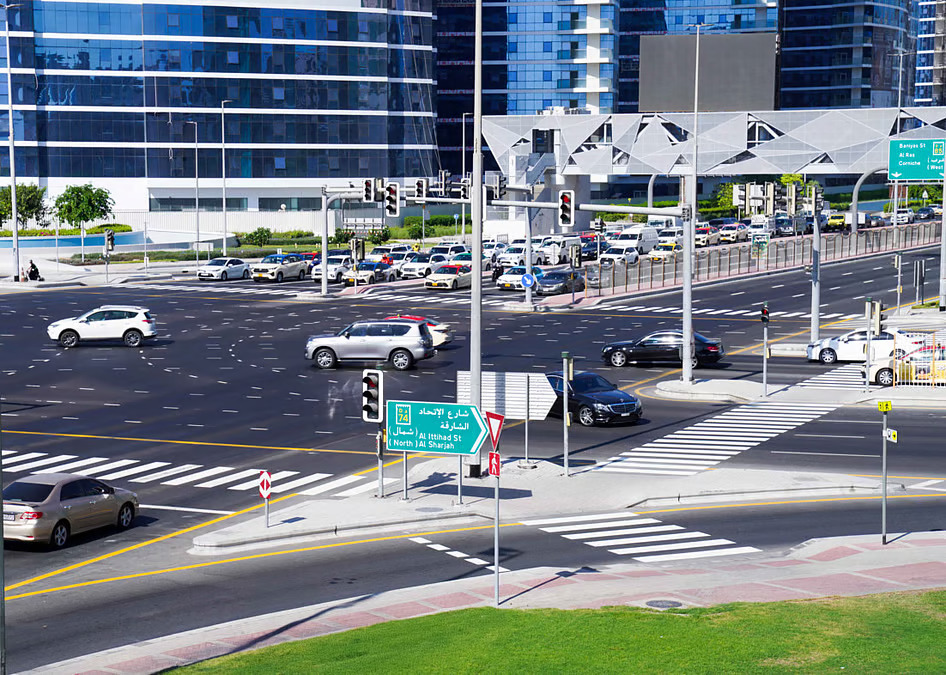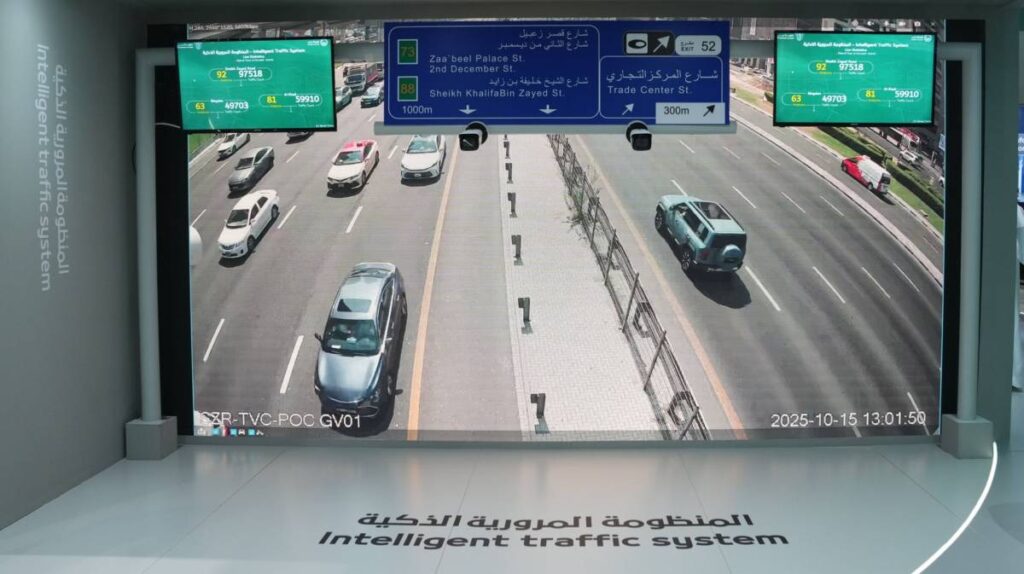Dubai has already unveiled its fully autonomous Intelligent Traffic System (ITS), an AI-based system with the capability to identify and log real-time traffic offenders without necessarily being supervised by a human operator. The system, which was unveiled at GITEX Global 2025, is a significant leap in the quest by the city of Dubai to become among the most secure and intelligent cities in the world.
AI at the heart of Dubai’s smart policing
The Dubai Police Intelligent Traffic System is a combination of artificial intelligence and live video surveillance with advanced analytics to observe the actions of drivers throughout the emirate. The system works completely autonomously, and violations are detected instantly and sent to command centres to be processed and enforced.

Lieutenant Engineer Ahmad Al Hammadi believes that this change will enable officers to carry out more strategic tasks, as AI will do the regular monitoring. He claimed that it is smarter, fairer, and more efficient. Real-time processing of massive traffic footage is part of the smart city vision of Dubai that is expected to enhance efficiency and strengthen transparency in law enforcement.
Five Major Violations Detected Instantly
Specifically designed to identify five major traffic offenses, the ITS is designed to identify the following five most frequent causes of road accidents:
- Failure to use a seatbelt: Determines the compliance of the driver and passenger.
- Mobile phone and driving: Detects the illegal use of a phone when driving.
- Blocking traffic flow: Flags cars that are interfering with the free flow.
- Stopping without good reason: Finding the people who stop in the middle of roads.
- Tailgating: Detects unsafe following distances between vehicles.
Every crime is photographed using AI-monitored video feeds and documented with great precision, providing instant evidence of any violation within the city.
Also Read: Top 5 Running Clubs in Dubai You Need to Join
Live insights and data-driven decisions
In addition to the enforcement mechanism, the system has real-time data dashboards showing the number of vehicles being monitored and the number of violations being detected. It also creates comprehensive statistical reports that are hourly, daily, and annually based, providing authorities with more insight into the driver behavior patterns.
Such a continuous flow of data assists the planners:
- Identify congestion hotspots.
- Optimize patrol deployment.
- Enhance emergency response efficiency.
This is enabled through such insights that are made by analytics to anticipate and avoid future risks that may affect traffic before it becomes too big.
Supporting Dubai’s smart city goals
The release of the Intelligent Traffic System, which is an AI-driven system, is evidence of the continued attempt of Dubai to introduce technology in all the processes involved in the city. The ITS will reduce human error by automating the enforcement and decision-making process, as well as guaranteeing the even implementation of road laws in a consistent, transparent manner.

The effort is in line with the Dubai 2033 Vision that puts innovation, sustainability, and the safety of the people as the central tenets of the future sphere of city development. With the system going further into the emirate, it will probably become the model of smart traffic management globally, as cities around the world will strive to implement an AI-controlled safety system.

